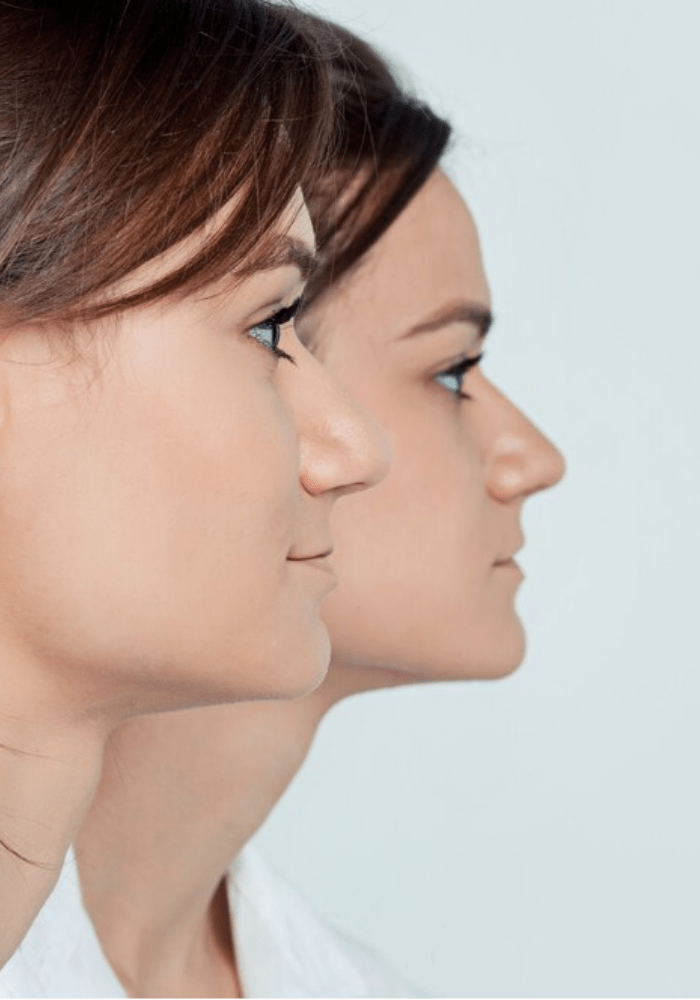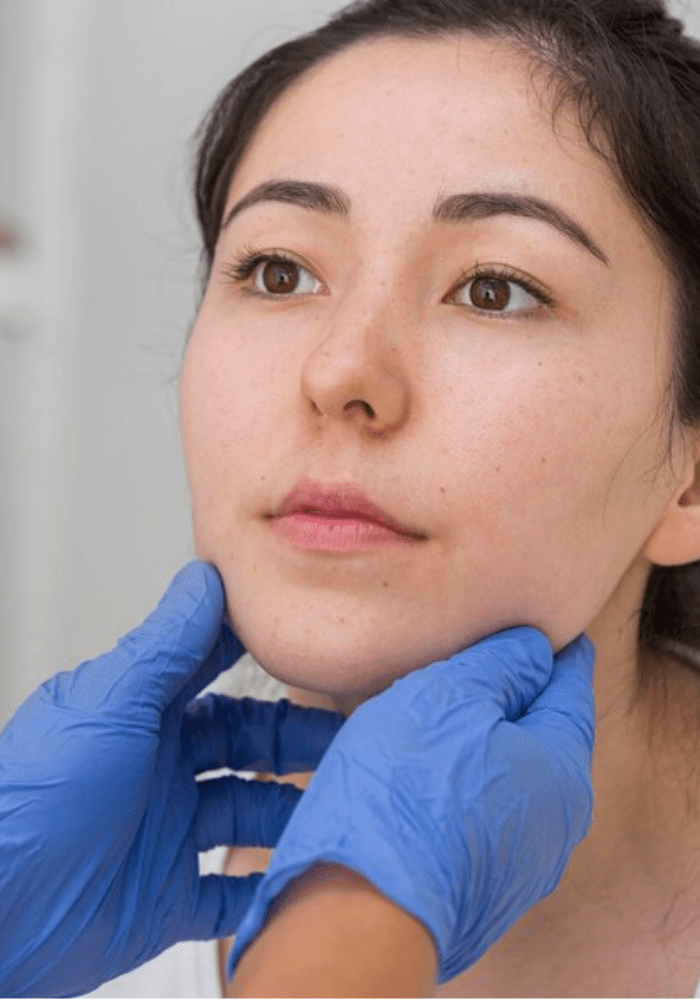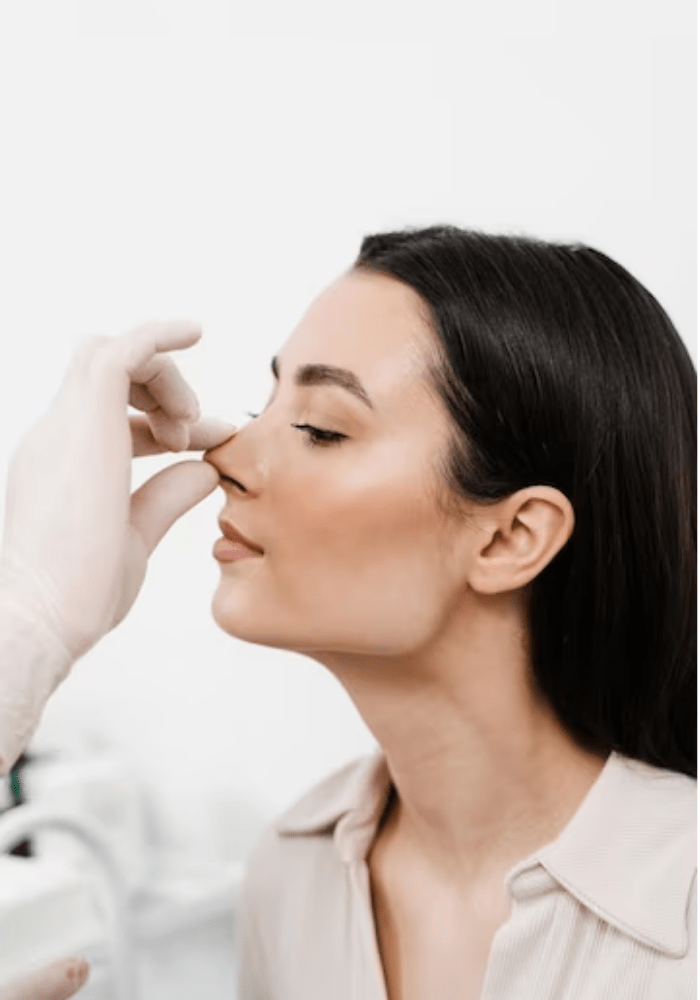Revision Rhinoplasty

About Revision Rhinoplasty (Nose Surgery)
Dr. Pritha Rakshit, a renowned Rhinoplasty specialist at Apollo Gleneagles Hospital, is highly skilled in Revision Rhinoplasty. Unlike the reported 20% revision rate among plastic surgeons, Dr. Rakshit experiences a rarity of less than 1%, with only minor revisions needed. Referrals often come from patients dissatisfied with results from other surgeons. Revision Rhinoplasty, a complex procedure to correct aesthetic and functional issues post-primary surgery, is Dr. Rakshit's forte. Common complaints include pinched tips, pulled-up nostrils, creases, scooped profiles, breathing difficulties, and an unnatural appearance. Dr. Rakshit strives for patient satisfaction and excels in addressing both minor imperfections and severe deformities. Choosing an experienced Rhinoplasty surgeon is crucial, and Dr. Pritha Rakshit stands out as a top choice in the field.

Candidates for Revision Rhinoplasty
Anyone who is unhappy with the results of their initial Rhinoplasty (nose job) procedure may be a candidate for revision Rhinoplasty. Patients should discuss their initial procedure with either their original surgeon or Dr Pritha Rakshit in order to determine the new goals for revision. It is also important for patients to be both emotionally and financially prepared for additional surgery. What is equally important is for both the patient and the surgeon to set reasonable goals; due to scar tissue from the first Rhinoplasty, not all goals might be achievable. Dr Pritha Rakshit will determine whether or not revision surgery is a possibility for you after discussing your goals for surgery, performing an examination and reviewing the previous surgeon’s operative dictation.
Revision Rhinoplasty Procedure
The revision Rhinoplasty procedure is usually performed on an outpatient basis under general anesthesia in hospital, to help reduce any potential discomfort. Revision Rhinoplasty is usually performed using an open technique, allowing for greater visualization of the underlying nasal structure, because the already-reshaped bone and cartilage may be more difficult to sculpt without direct visualization. An open approach also allows the overlying skin covering to be more freely released from scar tissue so that, as the new underlying anatomy is created, the skin can re-drape in a better fashion. In cases where reshaping is difficult, a cartilage graft from the nasal septum, ear or rib may be required. Inject able fillers may also be used to correct small defects after the initial procedure, although the use of the patient’s own cartilage is preferred. The entire procedure usually takes 3-4 hours to perform.

